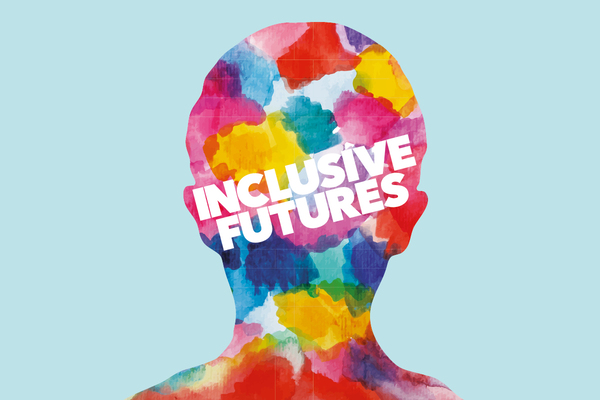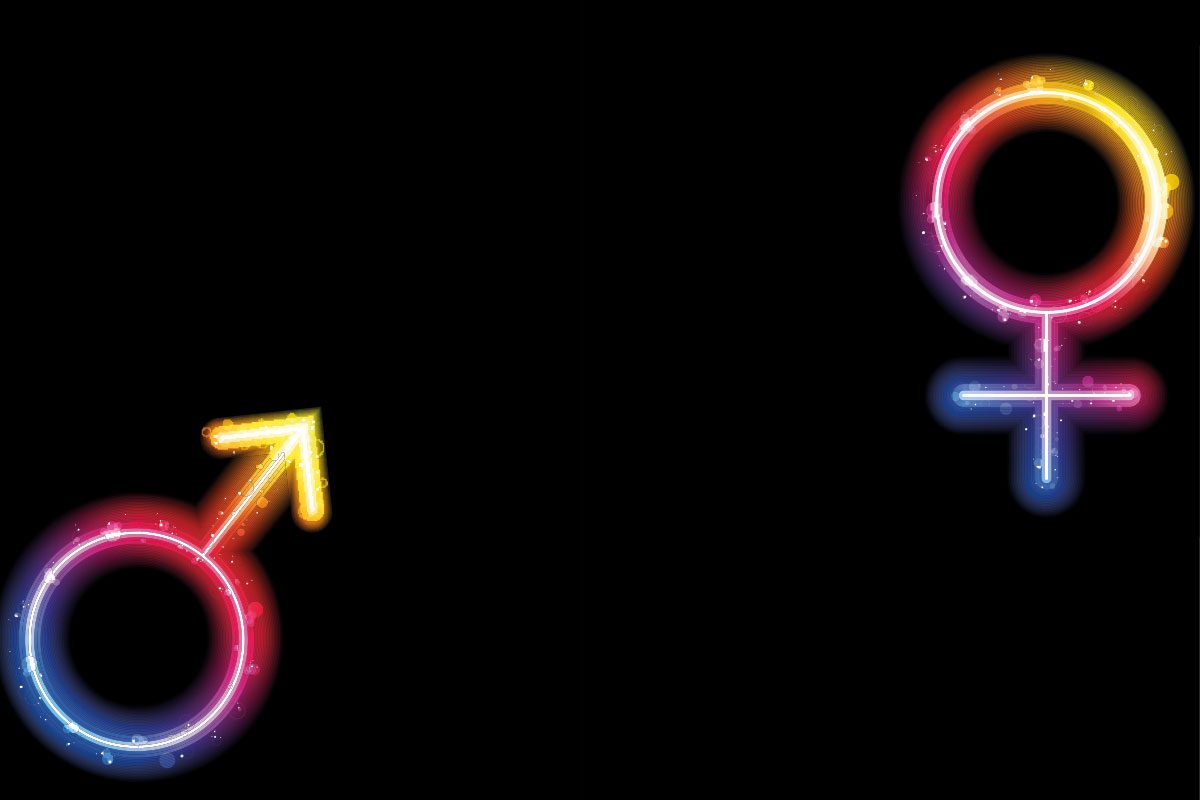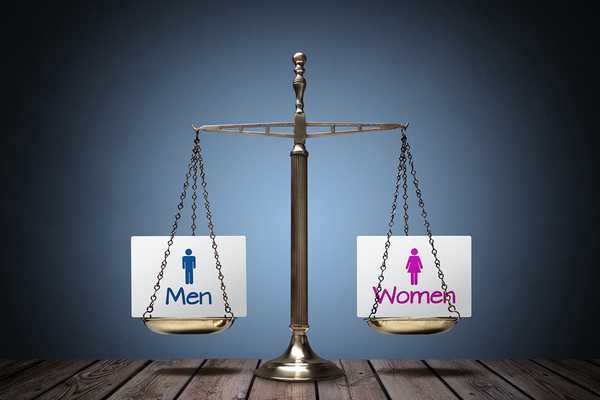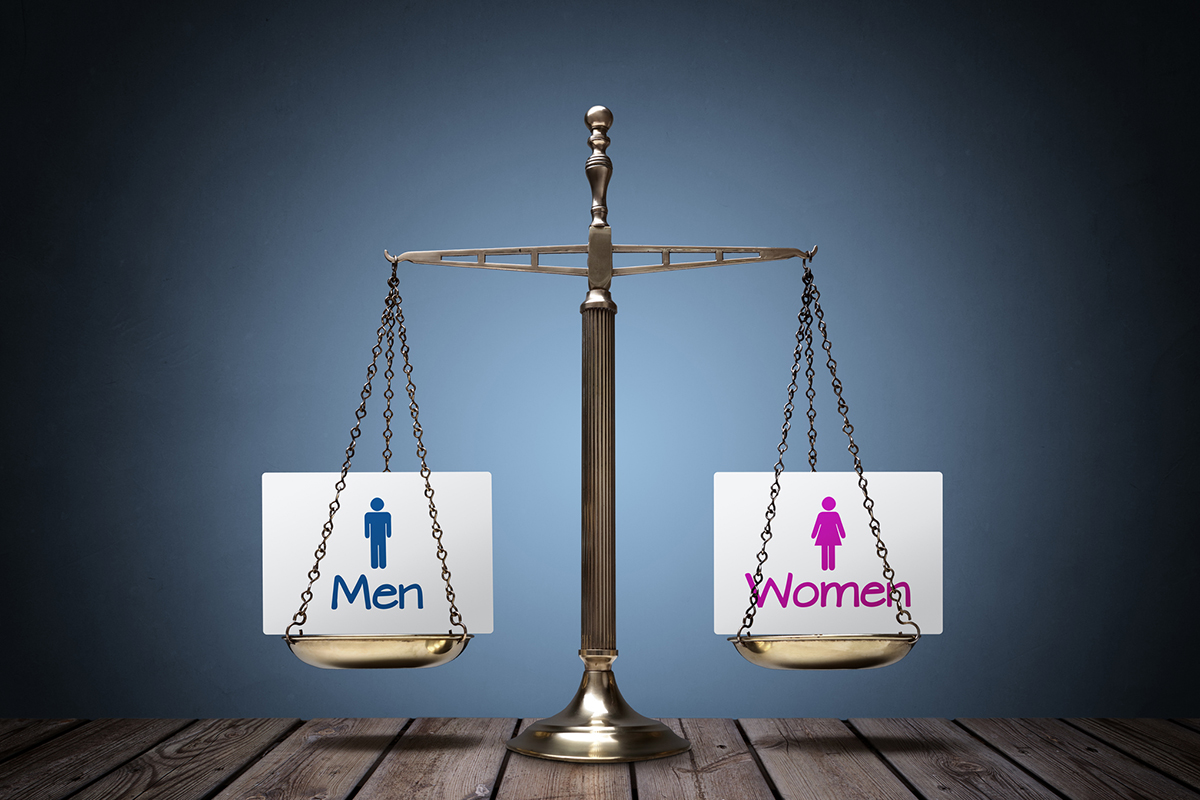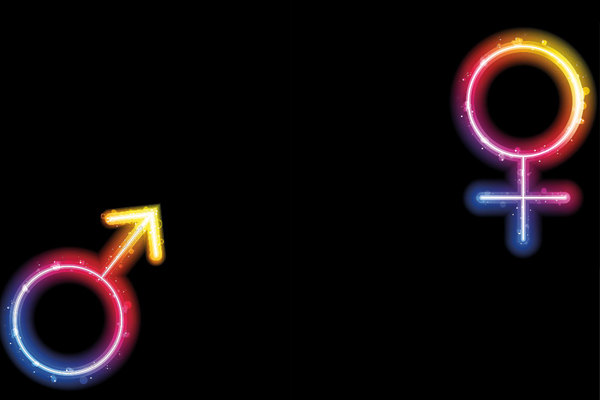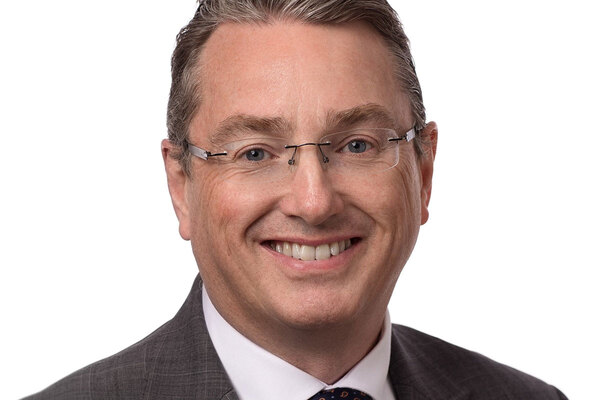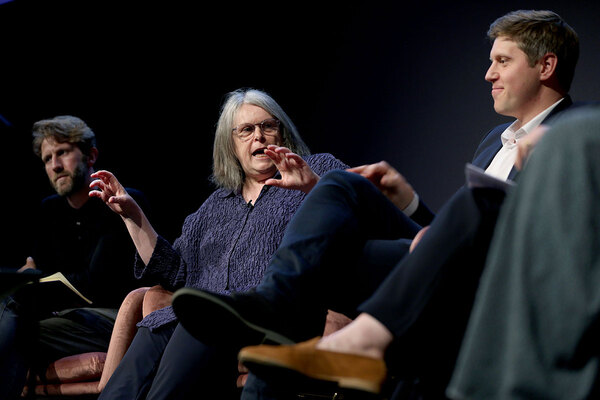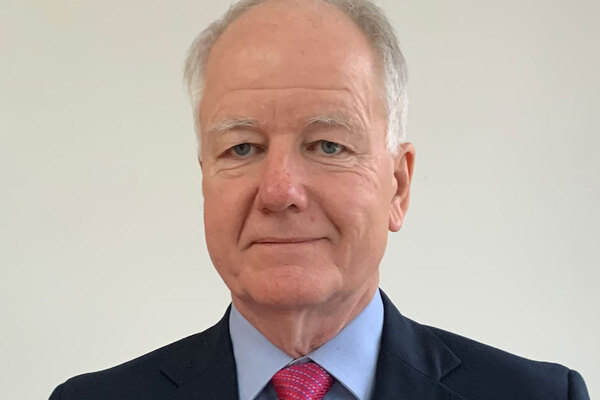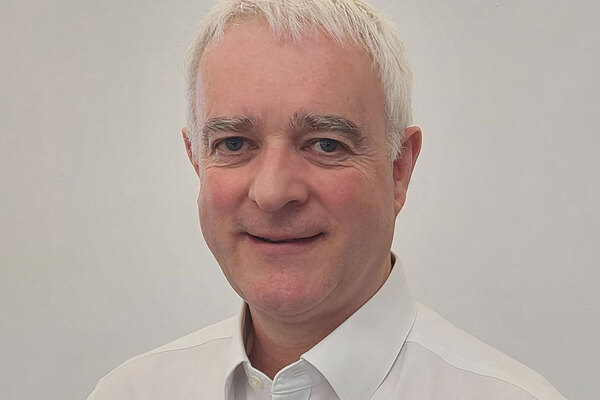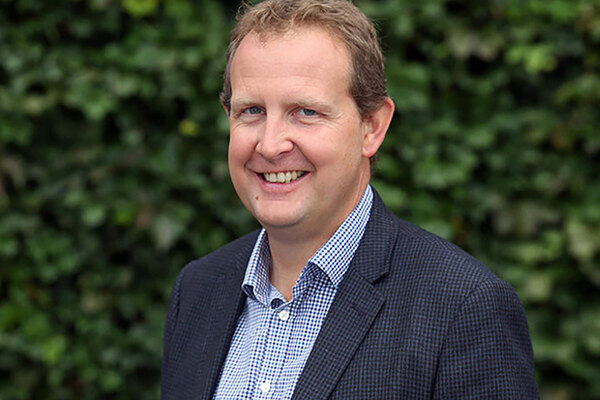Housing associations struggle to hit gender pay parity
A number of the country’s biggest housing associations have failed to make improvements in achieving gender pay parity this year, although some success has been made in reducing the pay gap between men and women compared to last year’s results.
Analysis conducted by Inside Housing ahead of the government’s gender pay reporting deadline today, found that of the country’s 15 largest social landlords, half were still struggling to close the gap between the earnings for their female employees and their male ones.
The median hourly wage for women fell even further behind that for men this year at Sanctuary (11.3% last year compared to 20.9% this year), Orbit (17.3% to 21%), Home Group (5.3% to 7.2%) and Together (10.5% to 11.5%).
Sanctuary said its results were affected by the number of female employees in its care division. It said it was committed to encouraging more men into this part of the
business.
Together said the disparity was due to a series of restructures and more men being employed than women in trade roles – which fall in the highest pay quartiles at the organisation.
The median is regarded widely as the best way to measure gender pay, as the mean can often be skewed by high-earning individuals, whether male or female.
Other associations, including A2Dominion (20% to 20.9%) and Sovereign (7.2% to 7.4%), showed more marginal worsening of their median figures since the previous report.
A2Dominion said it was important that its workforce represented a diverse range of people, and it had launched a Diversity & Inclusion Steering Board to address disparity.
Some businesses had made steps towards improving their figures. Places for People had almost closed its gender pay gap compared to last year. Its median pay gap moved from -5.5% (women earning more than men) to 0.9%, meaning men are now earning more but the overall gap is moving towards zero.
L&Q, meanwhile, reduced its median pay gap in both its L&Q and L&Q Living divisions. L&Q dropped from 9.5% to 7.6%, while L&Q Living fell from 10.3% to 1.7%.
Riverside also improved its median from 6% last year to -0.3%, meaning women are now earning slightly more than men. Female employees outnumber male employees in all parts of the business, according to the data.
Clarion Housing Group’s median gap moved from -1.8%, with women earning more, to 0.7%, showing progress towards earnings parity.
Peabody, meanwhile, reported its median gap was 0%, having been -7.1% last year, while Hyde improved its median gap from 4.1% last year to 2.6% this year.
The Guinness Partnership also nearly achieved complete gender parity in pay, posting a -0.2%, compared to -4.8 last year.
Livewest, which was formed following a merger between DCH and Knightstone, posted a median gender pay gap of 8.73% in its first year. DCH’s median pay gap last year was 9.67%, and Knightstone’s was 11.61%.
Earlier this week, the boss of Homes England criticised the organisation’s lack of progress on gender pay parity. The group’s median gap was 17.5% this year, a 2.1% improvement on last year’s 19.6% gap.
We will be publishing a more detailed analysis of the sector’s gender pay gap data next week
Largest housing associations' median gender pay gap comparison 2018/19
| Housing association | 2018 | 2019 |
|---|---|---|
| Places for People | -5.50% | 0.90% |
| Clarion Housing Group Limited | -1.80% | 0.70% |
| Sanctuary Group | 11.30% | 20.90% |
| L&Q | 9.50% | 7.60% |
| The Guinness Partnership | -4.80% | -0.20% |
| Sovereign | 7.20% | 7.40% |
| Peabody Trust | -7% | 0% |
| Home Group | 5.30% | 7.20% |
| Riverside | 6% | -0.30% |
| Hyde | 4.10% | 2.60% |
| Optivo | 12.75% | 7.76% |
| Orbit | 17.30% | 21% |
| A2 Dominion | 20% | 20.90% |
| LiveWest | 8.73% | N/A |
| Together | 10.50% | 11.50% |
Inclusive Futures
Inside Housing’s Inclusive Futures campaign aims to promote and celebrate diversity and inclusion.
We are pledging to publish diversity audits of our own coverage.
We are also committed to proactively promoting positive role models.
We will do this through the pages of Inside Housing. But we will also seek to support other publications and events organisations to be more inclusive.
Our Inclusive Futures Bureau will provide a database of speakers and commentators from all backgrounds, for use by all media organisations.
We are also challenging readers to take five clear steps to promote diversity, informed by the Chartered Institute of Housing’s diversity commission and the Leadership 2025 project.
THE INCLUSIVE FUTURES CHALLENGE
Inside Housing calls on organisations to sign up to an inclusive future by taking five steps:
Prioritise diversity and inclusion at the top: commitment and persistence from chief executives, directors and chairs in setting goals and monitoring progress.
Collect data on the diversity of your board, leadership and total workforce and publish annually with your annual report. Consider gender, ethnicity, disability, sexuality, age, and representation of tenants on the board.
Set aspirational targets for recruitment to the executive team, board and committees from under-represented groups.
Challenge recruiting staff and agencies to ensure that all shortlists include candidates from under-represented groups.
Make diversity and inclusion a core theme in your talent management strategy to ensure you support people from under-represented groups to progress their careers.
THE CASE FOR CHANGE
34%
of housing association chief executives are female
1%
of housing association executives have a disability
1.6%
of housing association board members are LGBT
Women make up 46% of the UK workforce, but Inside Housing research found that they are under-represented on housing association boards (36%), executive teams (39%) and among chief executives (34%).
Almost a fifth of working-age adults have a disability (18%), yet associations reported only 1% of executives and 4.5% of board members with a disability. Many were unable to provide details.
Nationwide, 14% of the working-age population come from a BME background, climbing to 40% in London and Birmingham. Yet our research found that 6.8% of board members identified as BME, compared with 4.5% of executives.
Statistics on representation of LGBT people in the workforce are in short supply, but official statistics suggest that 2% of the total UK population identify as lesbian, gay or bisexual, rising to 4.1% for 16 to 24-year-olds. Our survey found that 1.6% of board members and 10 executives were LGBT – but most organisations were unable to provide figures.
INSIDE HOUSING’S PLEDGES
We will take proactive steps to promote positive role models from under-represented groups and provide information to support change.
We pledge to:
Publish diversity audits: We will audit the diversity of the commentators we feature. We will formalise this process and publish the results for future audits twice a year.
Promote role models: We will work to highlight leading lights from specific under-represented groups, starting in early 2018 with our new BME Leaders List.
Launch Inclusive Futures Bureau: We will work with the sector to compile a database of speakers, commentators and experts from under-represented groups. The bureau will be available to events organisers, media outlets and publications to support them to better represent the talent in the sector.
Take forward the Women in Housing Awards: Inside Housing has taken on these successful awards and will work to grow and develop them.
Convene Inclusive Futures Summit: Our new high-level event will support organisations to develop and implement strategies to become more diverse and inclusive.

